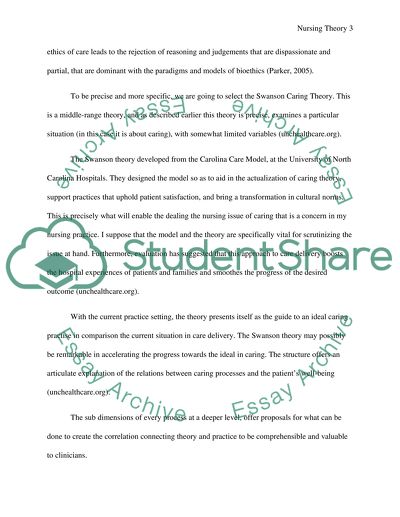Cite this document
(“Nursing Theory Article Example | Topics and Well Written Essays - 3250 words”, n.d.)
Retrieved from https://studentshare.org/nursing/1402972-write
Retrieved from https://studentshare.org/nursing/1402972-write
(Nursing Theory Article Example | Topics and Well Written Essays - 3250 Words)
https://studentshare.org/nursing/1402972-write.
https://studentshare.org/nursing/1402972-write.
“Nursing Theory Article Example | Topics and Well Written Essays - 3250 Words”, n.d. https://studentshare.org/nursing/1402972-write.


